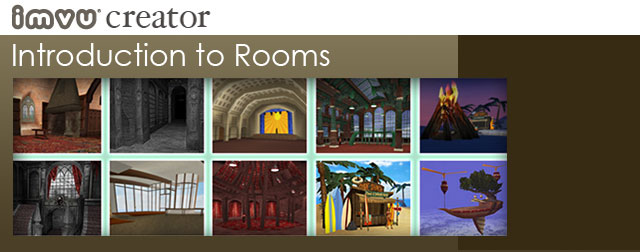
IMVU is all about creating a place for people all over the world to meet up and express themselves, all within a virtual 3D environment. What your avatar wears is one form of self expression, but just as important is the place you choose to gather within. The IMVU Catalog offers a wide selection of Rooms, customizeable 3D spaces created by fellow Developers, which act as the backdrop for an even wider array of furniture items to populate them with. There is no limit to what a Room can be, big or small, but there are some specific technical challenges to creating your own environmental product.
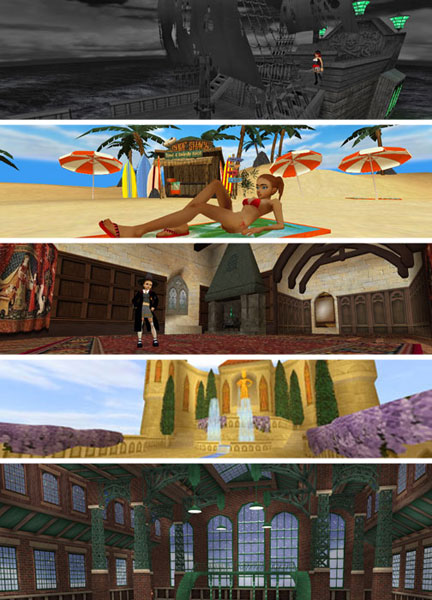
What is a Room?
Rooms are very much like Avatar Clothing, Furniture, or Accessories, they are 3D products that can be purchased and “worn” by its owner. The main difference is that Rooms can contain your invited friends, exist as a persistent Public place, and act as the setting for an activity or game. During the early development of IMVU, three dimensional environments were what we now call “Locked Rooms”. These are spaces that came “pre-decorated” and did not allow their owners to add furniture or customize them in any way. Today, Rooms are empty shells waiting to be filled by their owners, or Bundled with products fitting to their theme.
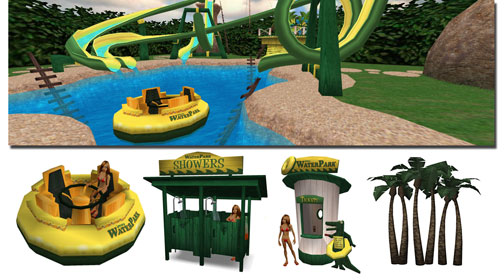
What Makes Rooms Different?
Rooms are not free roaming spaces, in fact Avatars, Furniture, and Rooms contain no collision information, so there is no way for an avatar to wander around inside a 3D Room, stand on a chair, or sit at a table by itself.
Rooms and Furniture items include invisible Nodes where an Avatar can stand or sit, and these Nodes can be placed anywhere, in any number, and they can include triggers for Avatar Actions and animations.
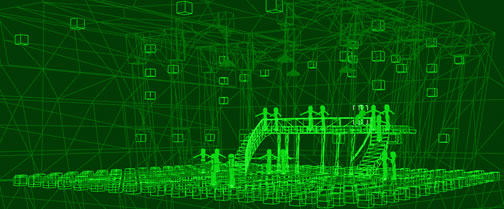

Size Is Relative
The only limits to the size of a Room is its polygon count. Although it is possible to create a Room of any size, it is important to remember that the more polygons you have in your model, the slower the 3D software will run, especially on older computers. To be safe, try and be clever about where you use your polys.
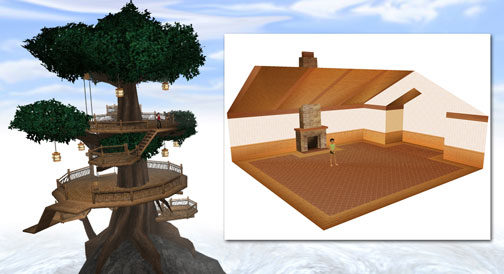
The same is true of the textures you use. Try and find a balance between detail/complexity and the file size of your finished Room.
Example 3D Scene
For those of you interested in making your own room geometries in 3DS MAX, IMVU has supplied you with an example file. Get the example 3D scene ZIP file and open it up.
Inside that ZIP file, you will see a MAX file and a nested folder structure. The nested folders contain the textures used in this MAX file.
Inside the MAX file, you will find all the bits needed to create a room including the room geometry (Room.MESH aka ‘the wall’) and the skeleton. The skeleton consists of very handy elements that are necessary when creating a room*:
